Home>Technology>Smart Home Devices>How Long Does A Wi-Fi Router Last
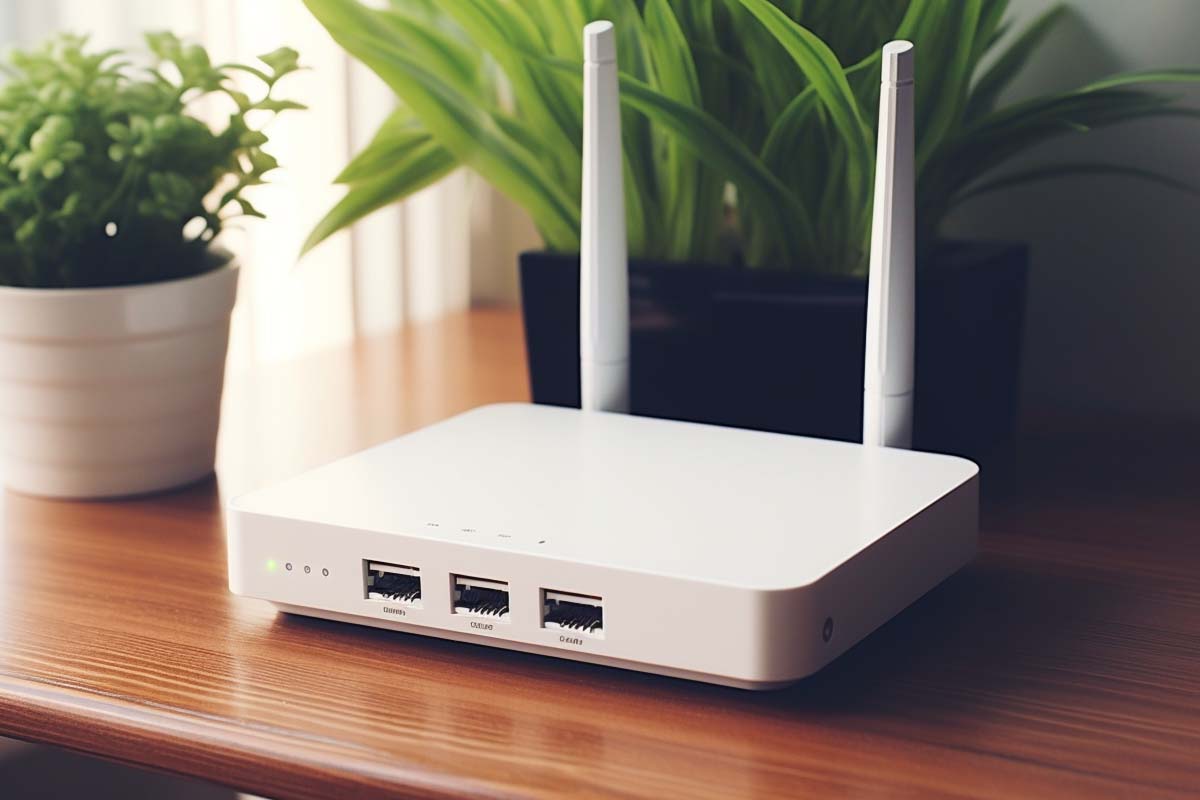

Smart Home Devices
How Long Does A Wi-Fi Router Last
Modified: January 4, 2024
Learn about the lifespan of smart home devices like Wi-Fi routers. Find out how long they typically last and when to consider an upgrade.
(Many of the links in this article redirect to a specific reviewed product. Your purchase of these products through affiliate links helps to generate commission for Storables.com, at no extra cost. Learn more)
Introduction
Welcome to the era of smart homes, where Wi-Fi routers form the backbone of our connected lives. These unassuming devices are the unsung heroes, enabling seamless internet connectivity for our myriad gadgets and smart home devices. However, have you ever wondered about the lifespan of a Wi-Fi router? How long can you expect it to keep your internet running smoothly before it starts to show signs of wear and tear?
In this comprehensive guide, we will delve into the factors that influence the lifespan of a Wi-Fi router, identify the telltale signs of a failing router, and explore strategies to extend its longevity. Whether you’re a tech enthusiast or simply want to ensure uninterrupted internet access in your smart home, understanding the lifespan of your Wi-Fi router is crucial. So, let’s embark on this enlightening journey to unravel the mysteries of Wi-Fi router longevity.
Key Takeaways:
- Wi-Fi router lifespan is influenced by build quality, usage patterns, environment, maintenance, and power protection. Recognizing signs of failure and proactive maintenance can extend its longevity.
- Regular firmware updates, optimal placement, ventilation, surge protection, maintenance, and network segmentation can help maximize Wi-Fi router lifespan. User awareness and conscientious maintenance are crucial for longevity.
Factors Affecting Wi-Fi Router Lifespan
The lifespan of a Wi-Fi router can be influenced by various factors, ranging from its build quality to the environment in which it operates. Understanding these factors can provide valuable insights into how long you can expect your router to last.
- Build Quality: The quality of components and craftsmanship used in manufacturing the router plays a significant role in determining its lifespan. Routers constructed with durable materials and high-quality internal components tend to have a longer operational lifespan.
- Usage Patterns: The frequency and intensity of usage can impact a router’s longevity. Routers that handle heavy loads consistently, such as those in busy households or small businesses, may experience a shorter lifespan compared to routers in low-traffic environments.
- Environmental Factors: The operating environment can greatly affect a router’s lifespan. Factors such as temperature, humidity, and exposure to dust or other contaminants can impact the internal components and overall performance of the router.
- Software Updates and Maintenance: Regular firmware updates and proper maintenance are crucial for the health and longevity of a Wi-Fi router. Outdated firmware or neglected maintenance can lead to performance issues and potentially shorten the router’s lifespan.
- Power Surges and Electrical Issues: Power surges and electrical fluctuations pose a risk to the delicate electronics inside a router. Without adequate surge protection, routers are vulnerable to damage from unexpected power spikes.
By considering these factors, you can gain a better understanding of the variables that contribute to the lifespan of a Wi-Fi router. In the next section, we’ll explore the signs that may indicate a failing router, providing valuable insights for proactive maintenance and troubleshooting.
Signs of a Failing Wi-Fi Router
As Wi-Fi routers age, they may exhibit various symptoms that signal potential issues or impending failure. Recognizing these signs can help users take proactive measures to address problems before they escalate. Here are some common indicators of a failing Wi-Fi router:
- Intermittent Connectivity: If you notice frequent drops in Wi-Fi connectivity, where devices repeatedly disconnect and reconnect, it could be a sign of a failing router. This may indicate issues with the router’s hardware or firmware.
- Slow or Inconsistent Performance: A noticeable decline in internet speed or erratic performance across devices can be a red flag. If your once-speedy Wi-Fi network becomes sluggish and unreliable, the router may be reaching the end of its lifespan.
- Overheating: Excessive heat emanating from the router or frequent overheating-related shutdowns suggest potential hardware problems. Overheating can accelerate component wear and compromise the router’s longevity.
- Unresponsiveness: If the router frequently freezes, requires frequent reboots, or becomes unresponsive to configuration changes, it may be exhibiting signs of internal issues that could lead to failure.
- Hardware Failure: Physical signs of hardware failure, such as blinking lights, unusual noises, or the router’s inability to power on, indicate serious problems that may necessitate immediate attention.
Recognizing these signs early on can empower users to take proactive steps, such as troubleshooting connectivity issues, performing firmware updates, or seeking professional assistance when necessary. In the following section, we’ll explore strategies to extend the lifespan of a Wi-Fi router, helping users maximize the longevity and performance of this essential smart home device.
It is recommended to replace your Wi-Fi router every 3-5 years to ensure optimal performance and security. Newer models often have better technology and security features.
Extending the Lifespan of a Wi-Fi Router
While the lifespan of a Wi-Fi router is influenced by various factors, there are proactive measures that users can take to prolong its longevity and optimize performance. By implementing the following strategies, you can ensure that your router continues to provide reliable connectivity for an extended period:
- Regular Firmware Updates: Keeping the router’s firmware up to date is essential for addressing security vulnerabilities, improving performance, and rectifying software-related issues that could impact the router’s lifespan.
- Optimal Placement: Position the router in a central location within your home or workspace to ensure even coverage and minimize signal interference. Avoid placing the router near obstructions, electronic appliances, or sources of electromagnetic interference.
- Proper Ventilation: Ensure that the router is well-ventilated and free from dust accumulation. Adequate airflow can prevent overheating and help maintain the optimal operating temperature for the router’s internal components.
- Surge Protection: Safeguard the router from power surges and electrical fluctuations by using a reliable surge protector. This can mitigate the risk of damage from sudden voltage spikes, extending the lifespan of the router.
- Regular Maintenance: Periodically clean the router’s exterior and ensure that its vents are unobstructed. Additionally, inspect the power adapter and cables for any signs of wear or damage, replacing them if necessary.
- Network Segmentation: If you have a complex network with numerous connected devices, consider segmenting your network to reduce the load on the router and optimize performance. This can alleviate strain on the router and contribute to its longevity.
By adopting these practices, users can actively contribute to the sustained health and performance of their Wi-Fi routers. Proactive maintenance and strategic placement can significantly impact the router’s lifespan, allowing it to continue serving as the linchpin of a seamless smart home ecosystem.
As we conclude this exploration of Wi-Fi router lifespan, it’s evident that user awareness and conscientious maintenance play pivotal roles in maximizing the longevity of these essential devices. By staying attuned to the signs of a failing router and implementing proactive measures, users can ensure that their Wi-Fi routers remain reliable and efficient for years to come.
Conclusion
In the ever-evolving landscape of smart home technology, the Wi-Fi router stands as a cornerstone of connectivity, enabling the seamless operation of a myriad of smart devices. Understanding the factors that influence the lifespan of a Wi-Fi router and recognizing the signs of potential failure empowers users to take proactive measures to maintain optimal performance and extend the device’s longevity.
By considering the build quality, usage patterns, environmental factors, and maintenance practices, users can gain valuable insights into the lifespan of their Wi-Fi routers. Moreover, recognizing the symptoms of a failing router, such as intermittent connectivity, slow performance, overheating, unresponsiveness, and hardware failure, enables timely intervention to address potential issues and mitigate the risk of complete failure.
Through the implementation of strategies such as regular firmware updates, optimal placement, proper ventilation, surge protection, regular maintenance, and network segmentation, users can actively contribute to the prolonged lifespan and enhanced performance of their Wi-Fi routers. These proactive measures not only optimize the router’s functionality but also ensure that it continues to serve as the linchpin of a reliable and efficient smart home ecosystem.
As we navigate the dynamic landscape of smart home technology, the lifespan of a Wi-Fi router remains a crucial consideration for users seeking uninterrupted connectivity and seamless integration of smart devices. By staying attuned to the signs of a failing router and implementing proactive maintenance practices, users can safeguard the longevity and performance of this indispensable smart home device, fostering a connected environment that thrives on reliable and efficient internet connectivity.
In conclusion, the lifespan of a Wi-Fi router is not solely determined by time but is profoundly influenced by user awareness, maintenance practices, and environmental considerations. By embracing these insights, users can ensure that their Wi-Fi routers continue to serve as steadfast pillars of connectivity, enabling the seamless operation of smart home devices and the fulfillment of diverse digital needs.
Frequently Asked Questions about How Long Does A Wi-Fi Router Last
Was this page helpful?
At Storables.com, we guarantee accurate and reliable information. Our content, validated by Expert Board Contributors, is crafted following stringent Editorial Policies. We're committed to providing you with well-researched, expert-backed insights for all your informational needs.
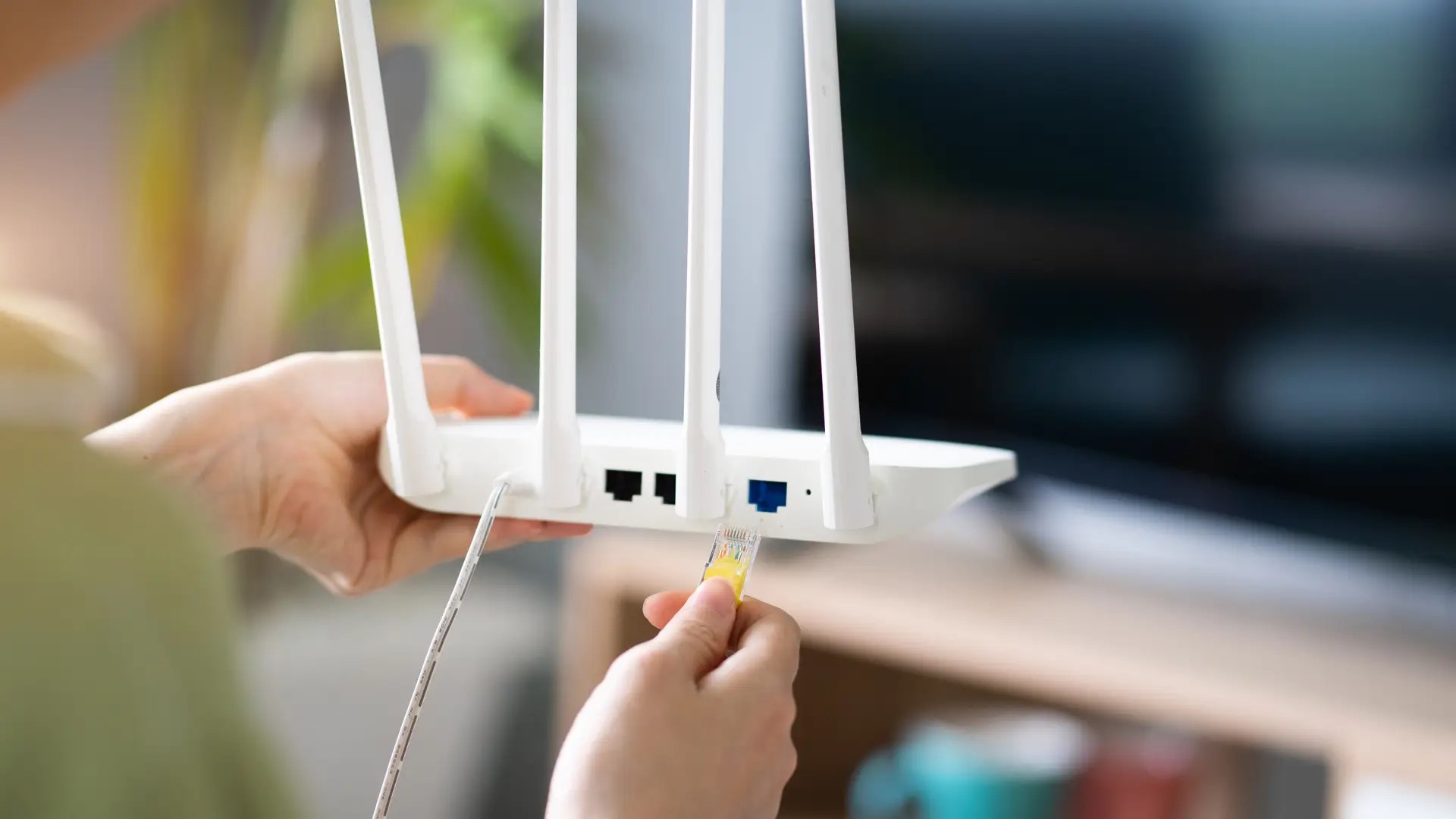
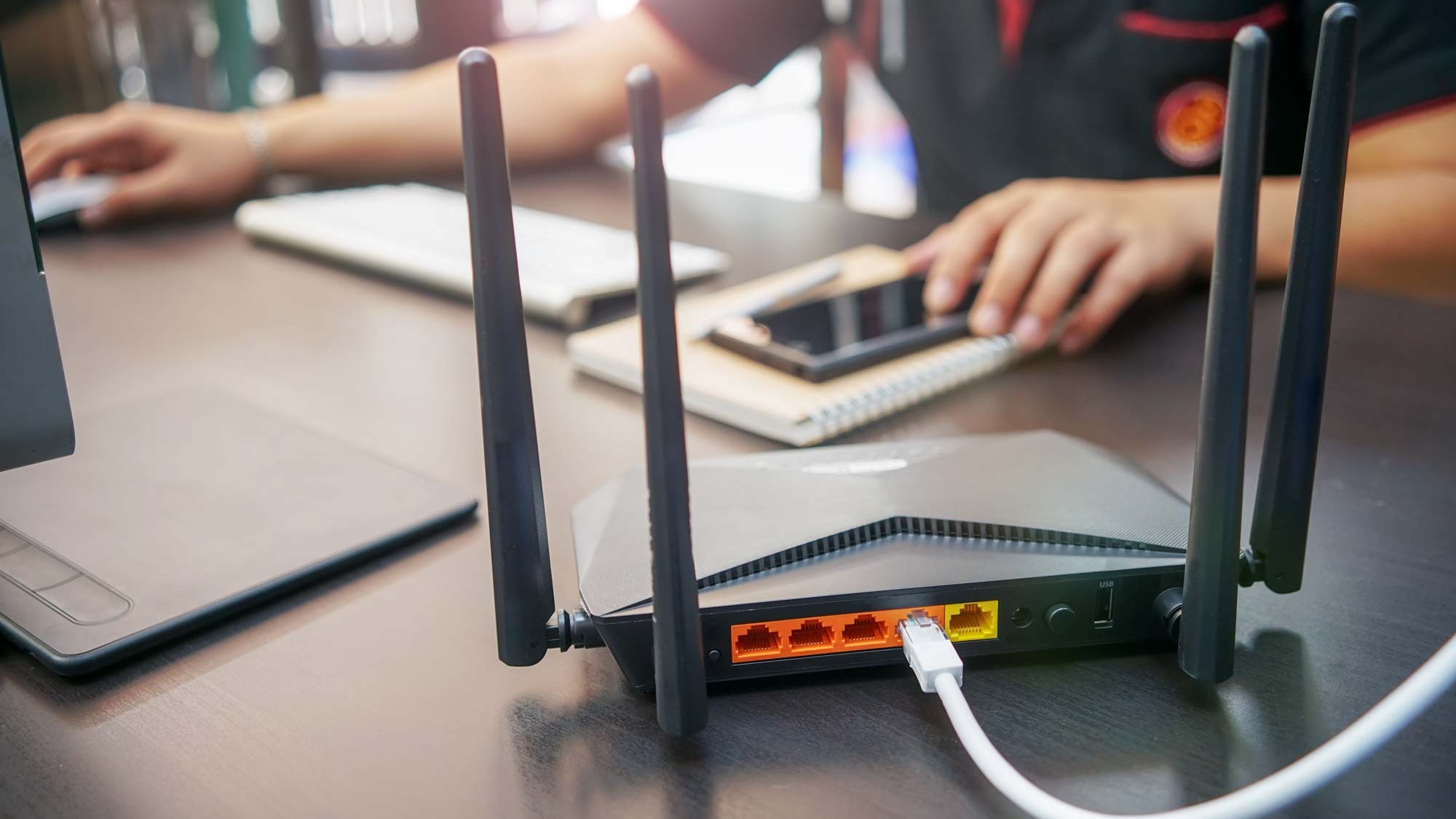
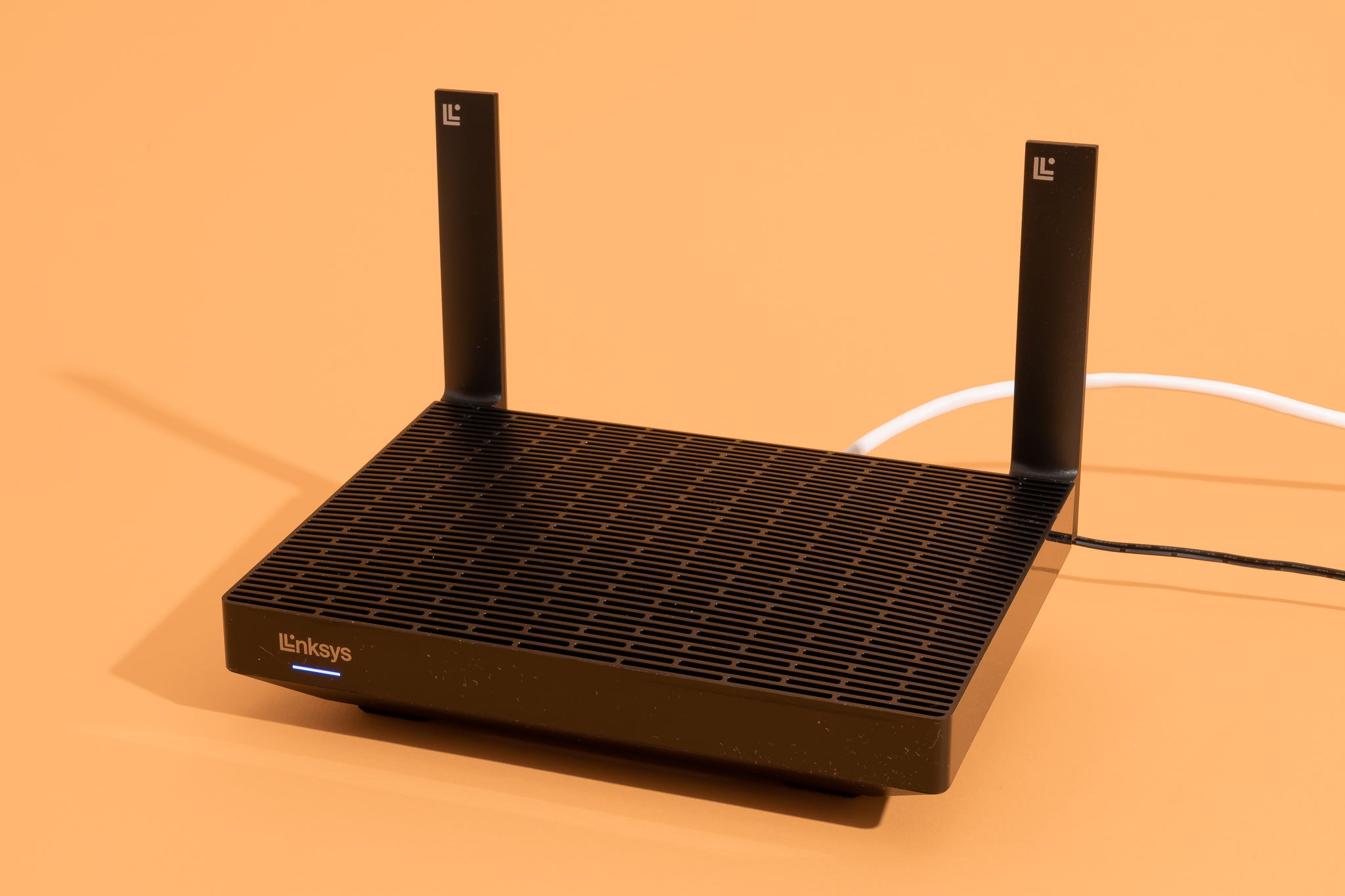
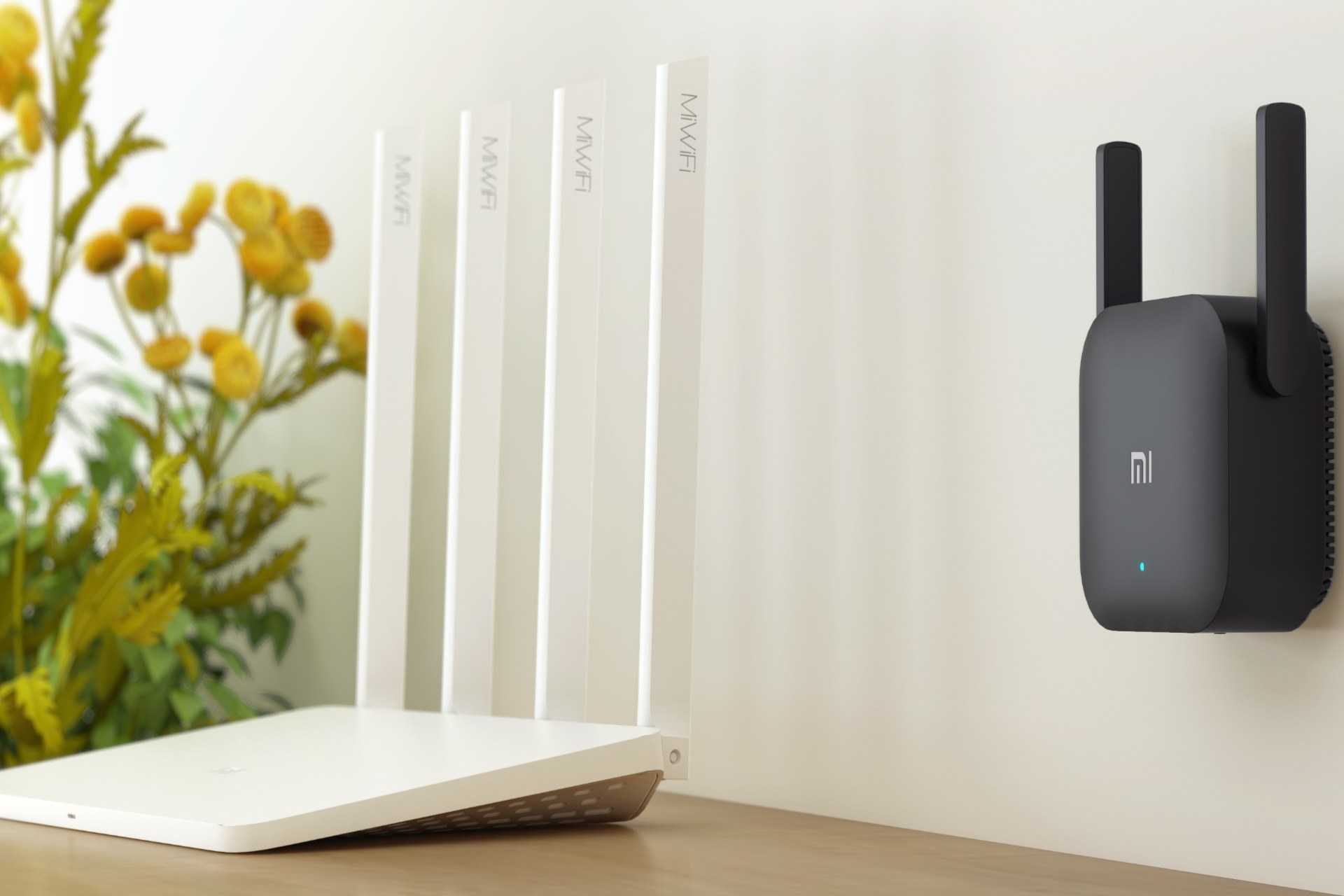
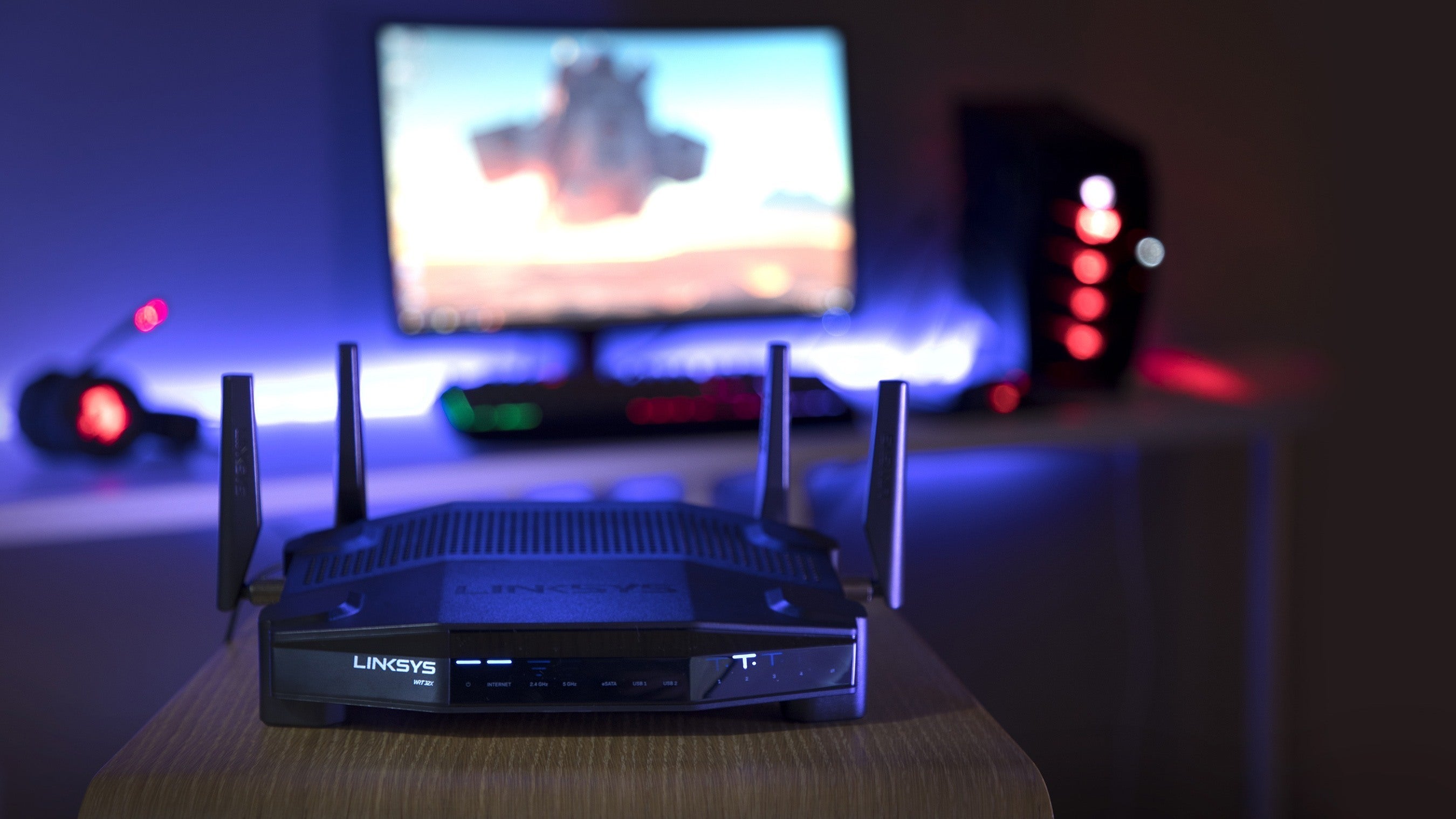
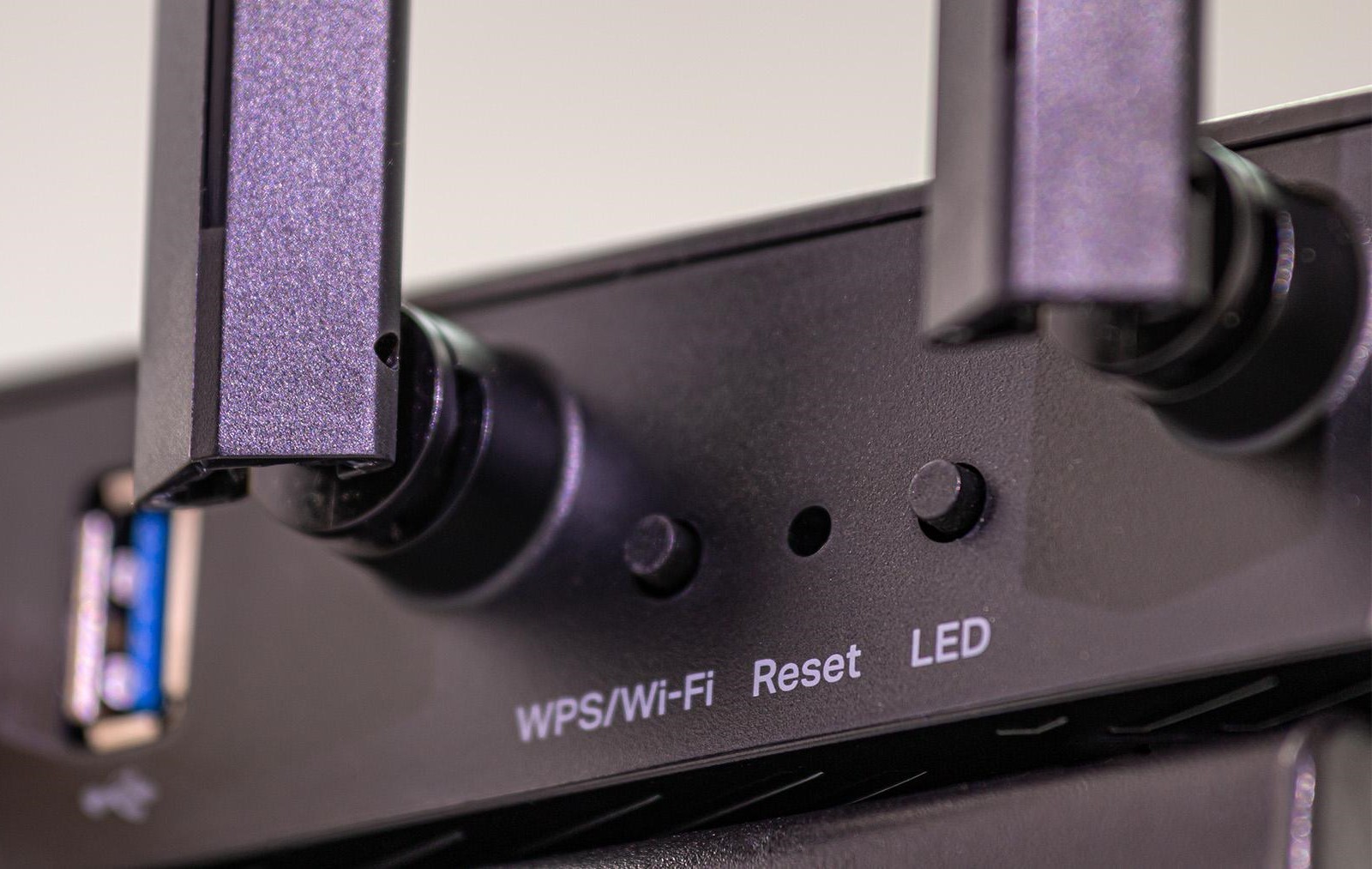
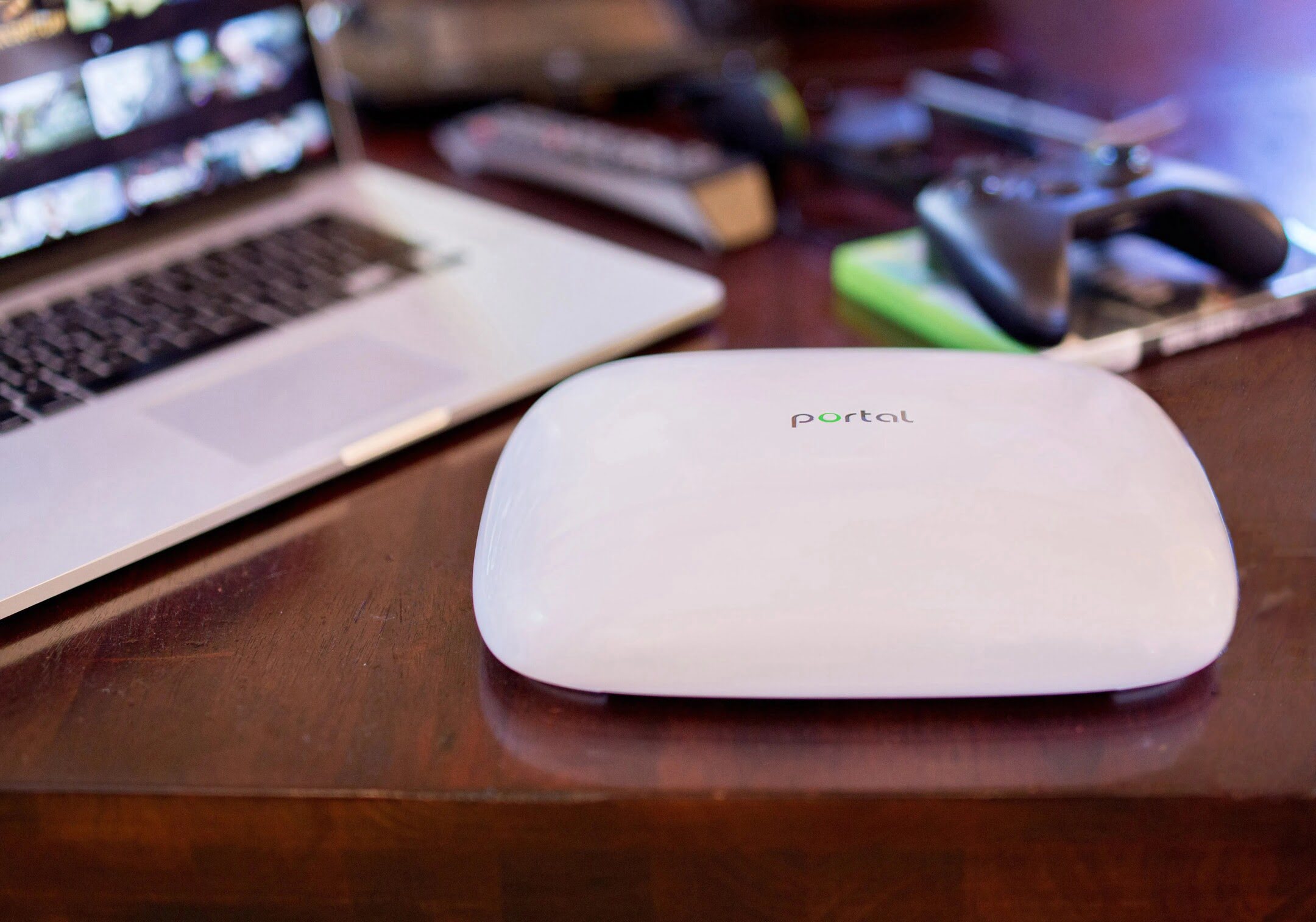
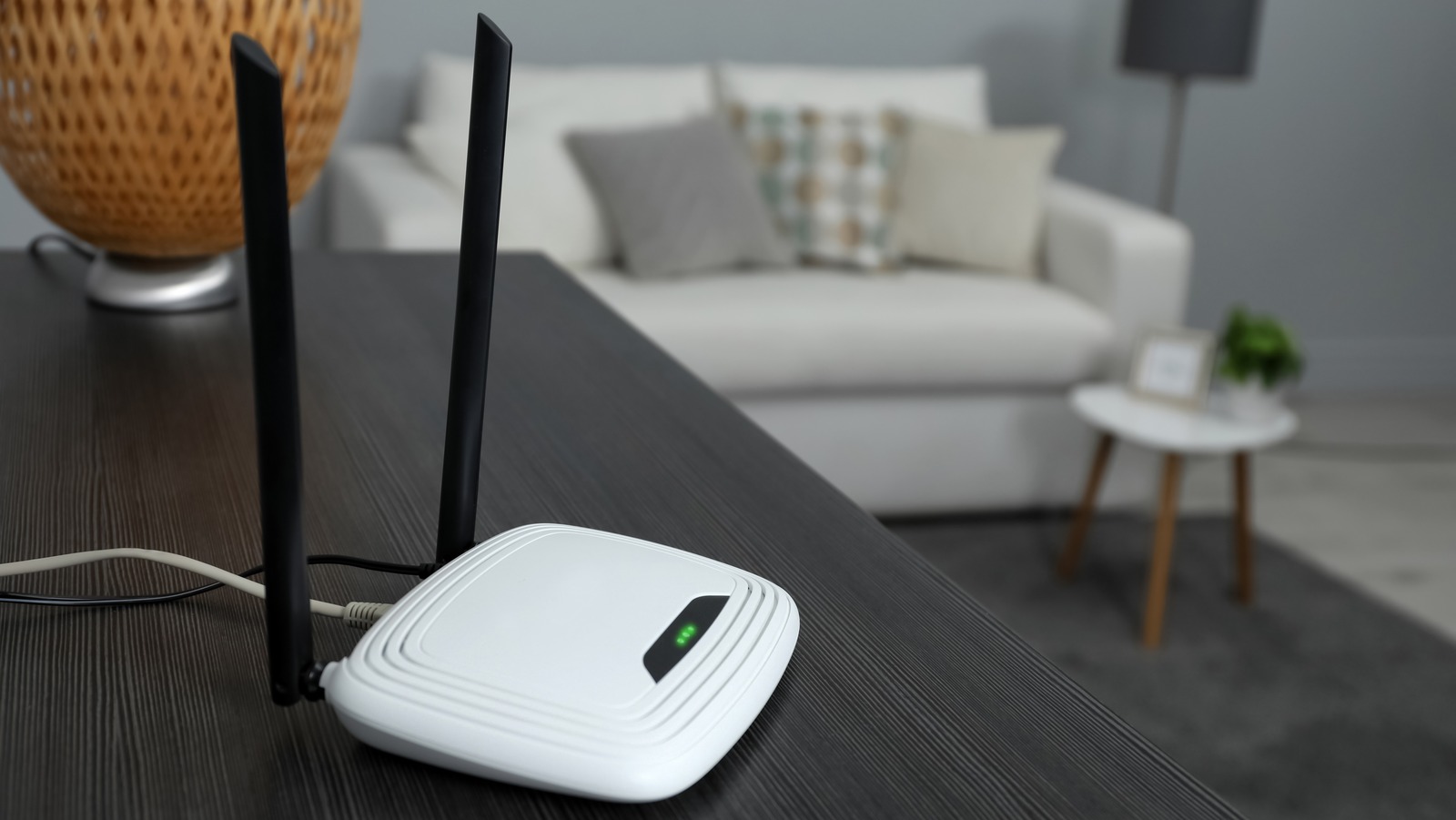
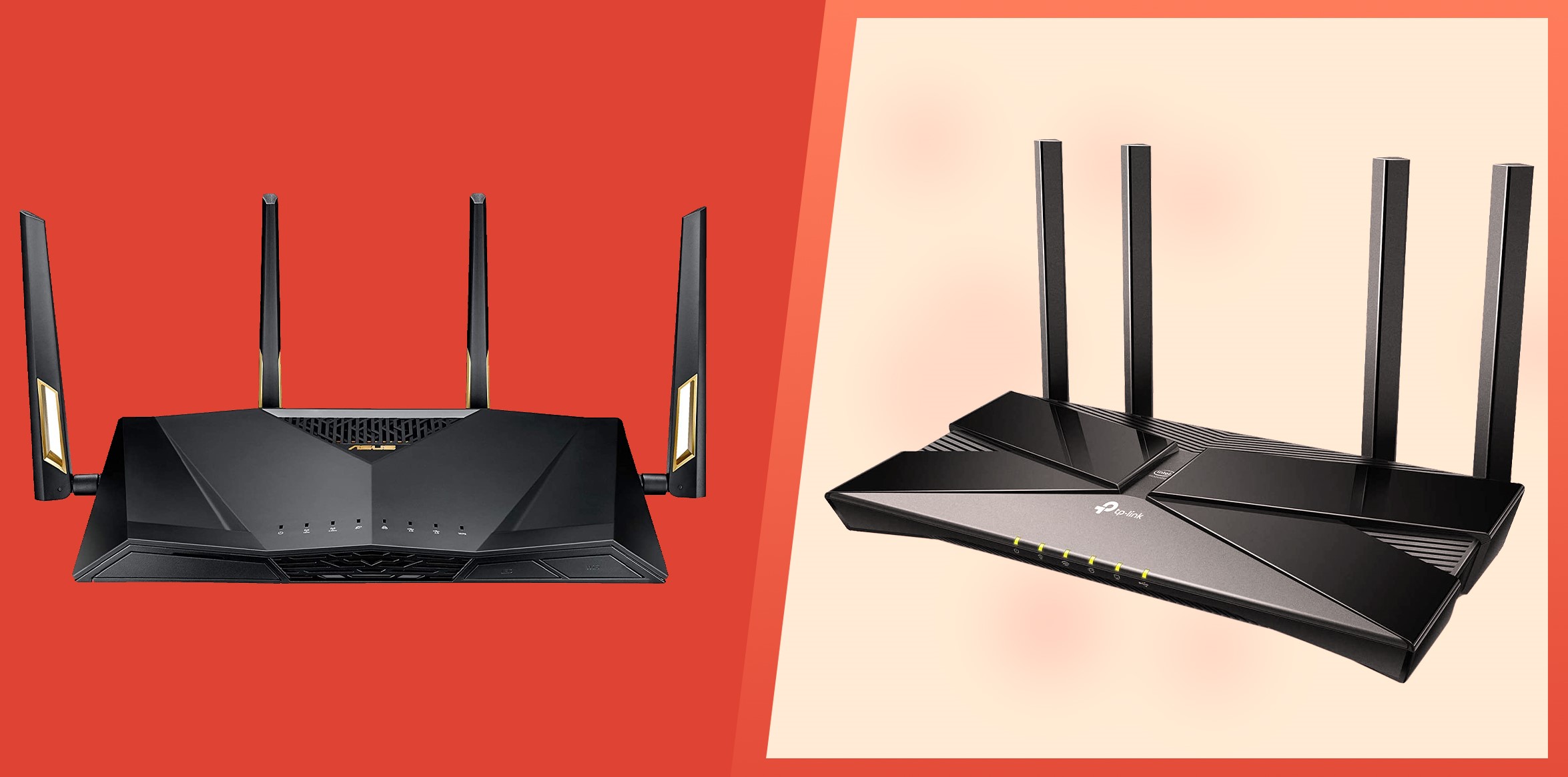
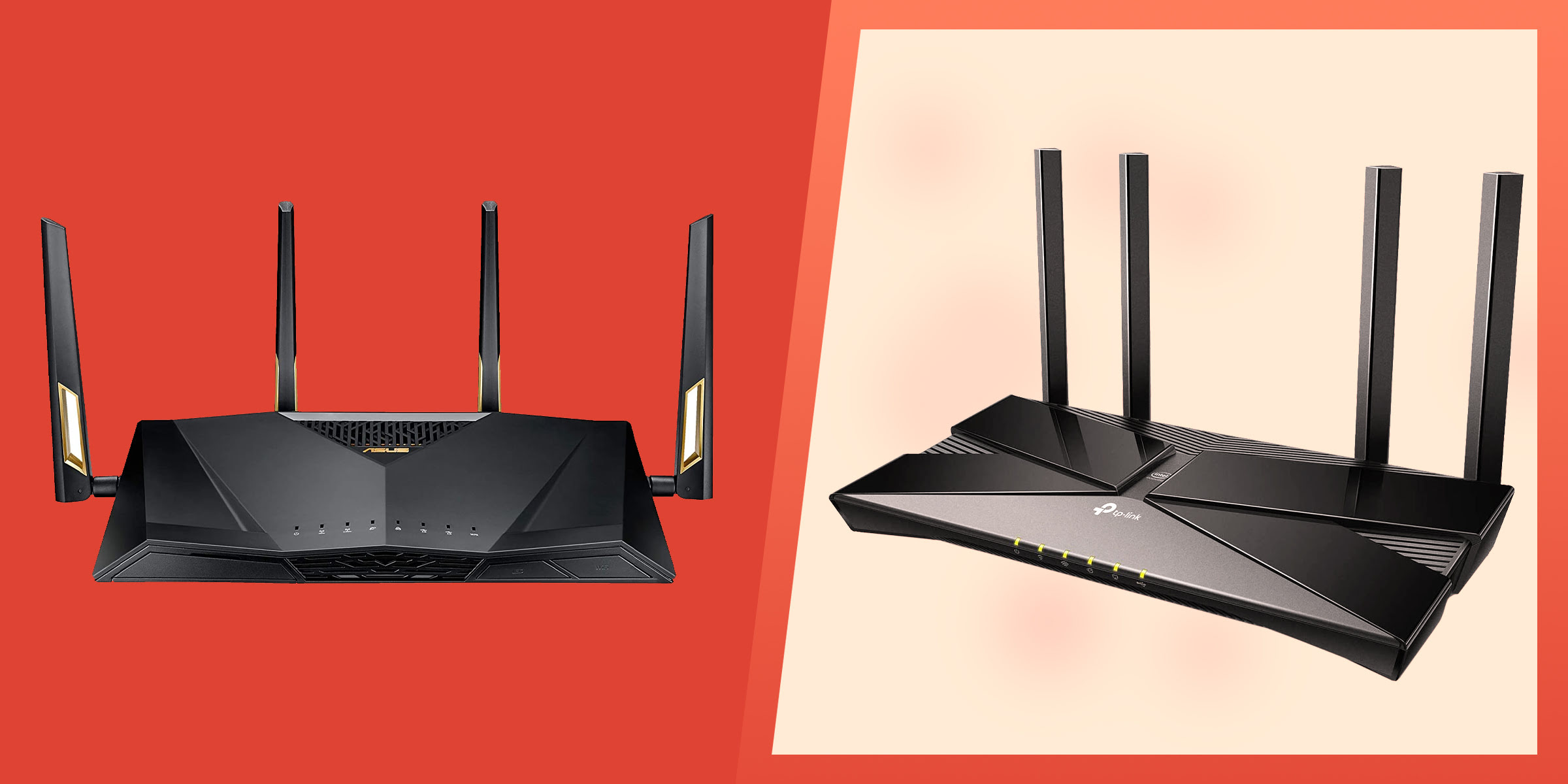
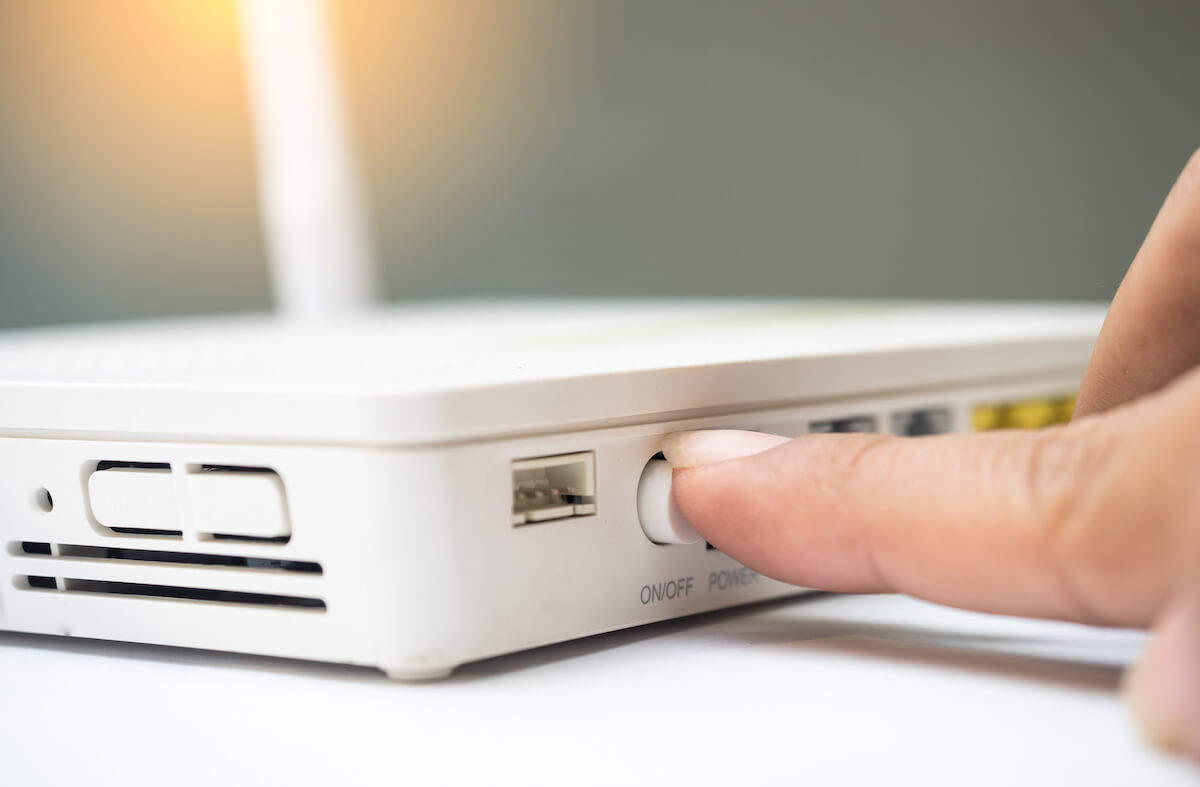
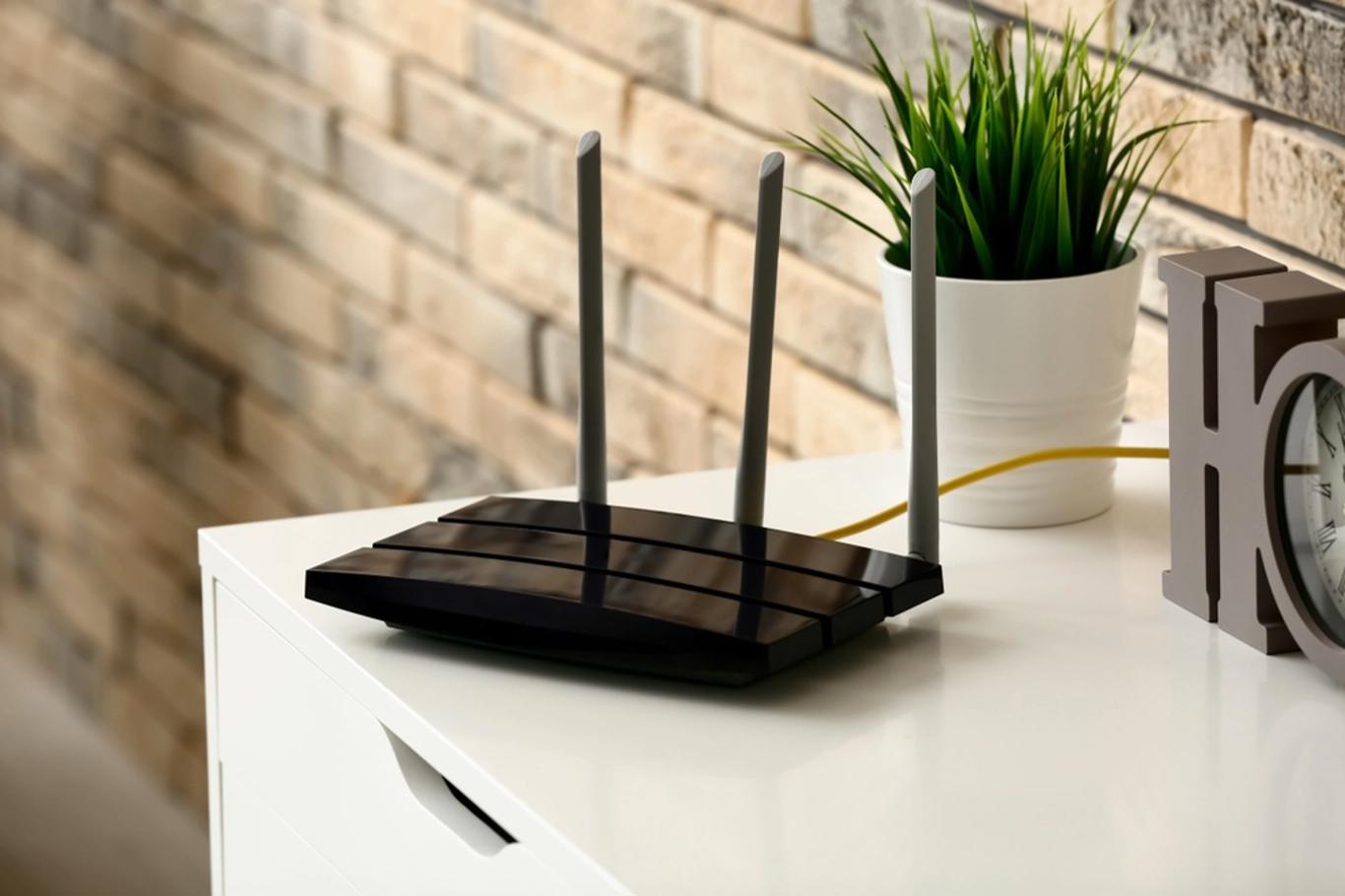
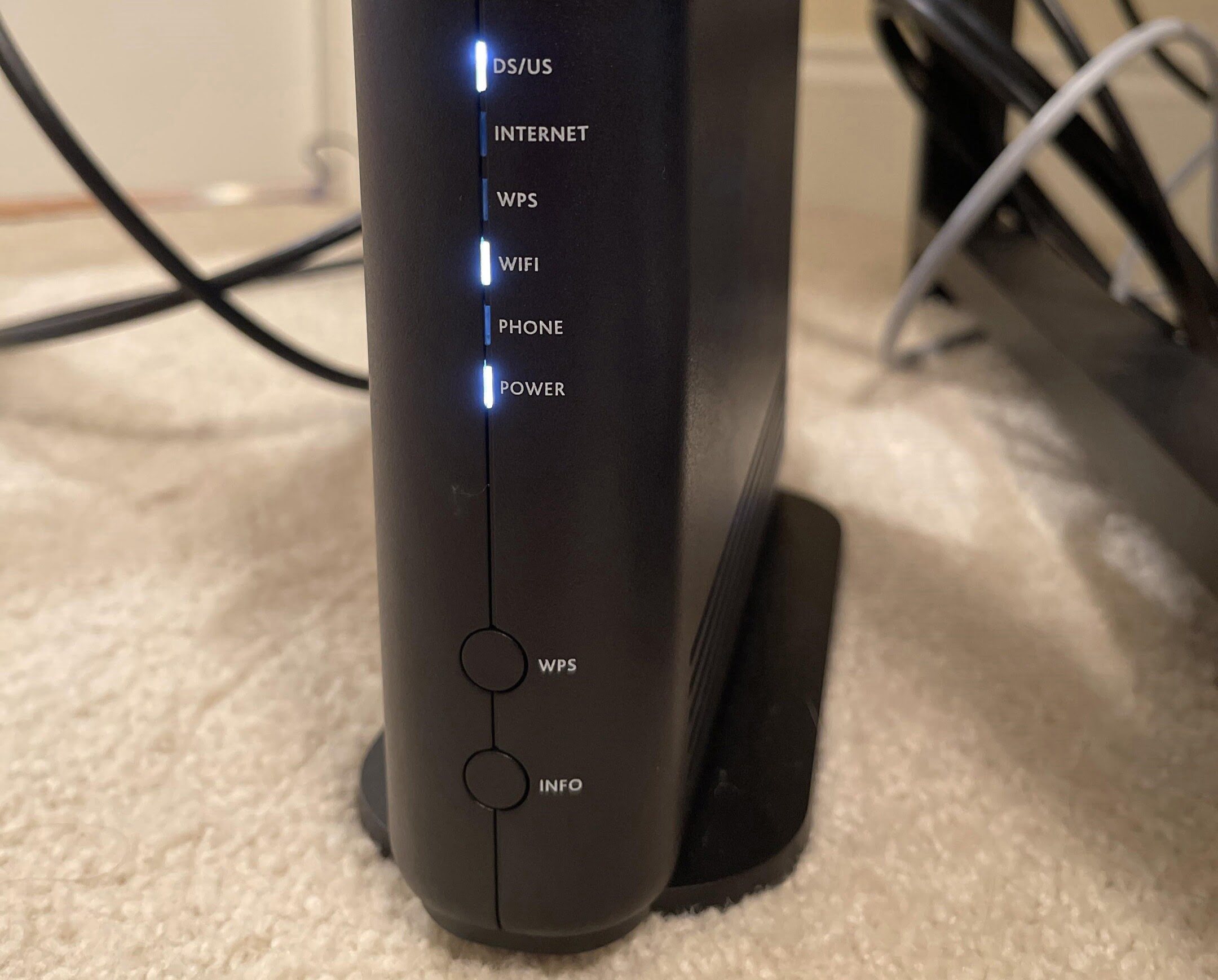
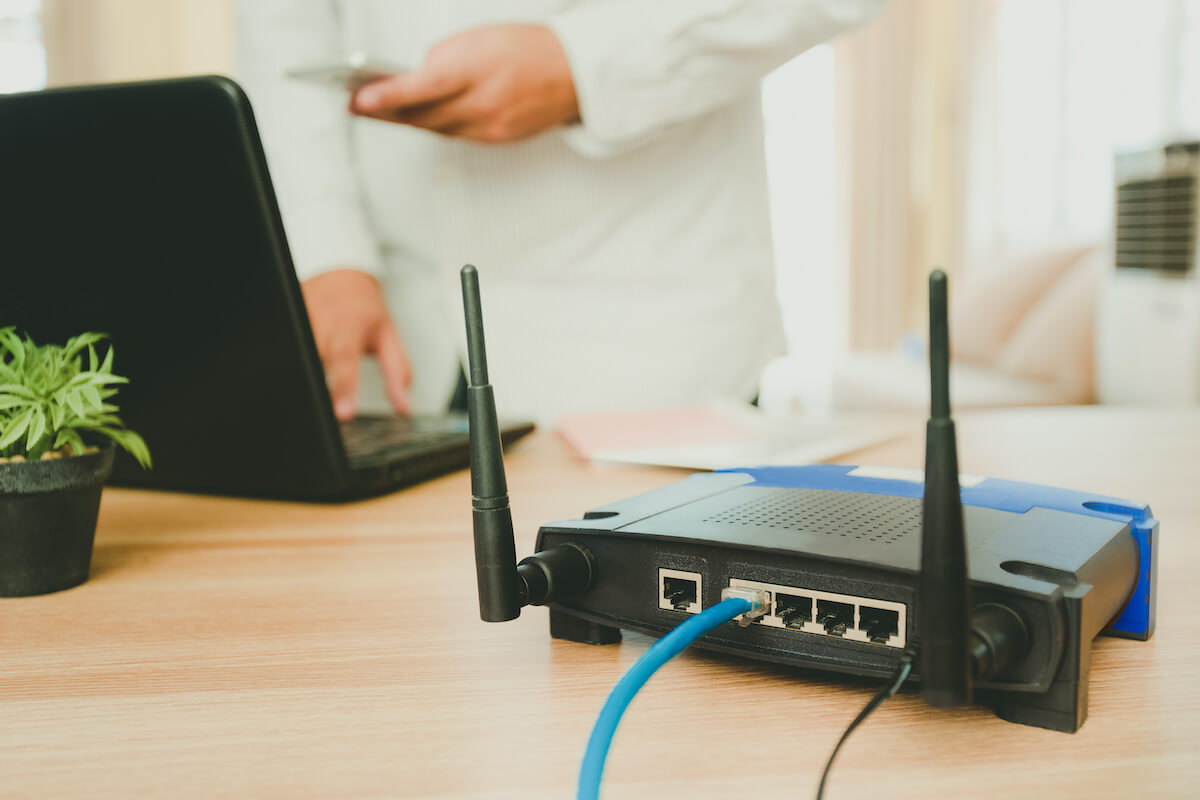


0 thoughts on “How Long Does A Wi-Fi Router Last”